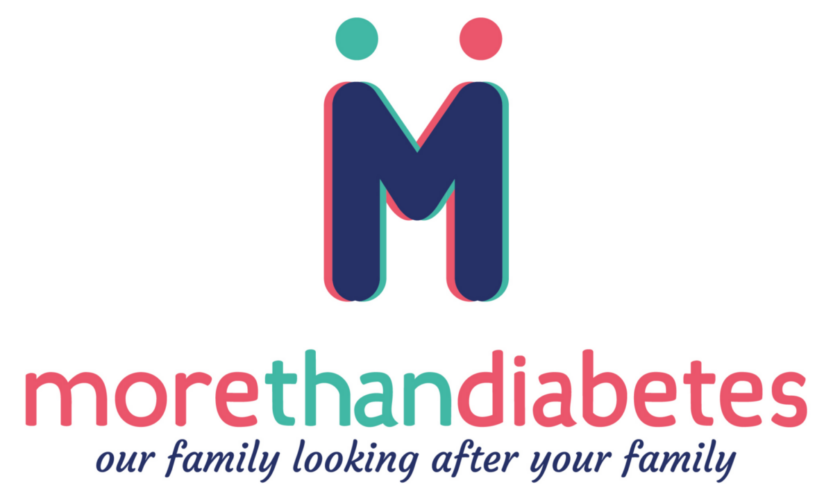Trying to navigate the world of life insurance with diabetes? We hope this blog can be your helpful guide...
When it comes to understanding life insurance when you have diabetes, understandably, you may have a lot of questions. For instance, how are your premiums going to be affected because of your diabetes? Is life insurance even possible with your type of diabetes? And most importantly, why is it more difficult to obtain life insurance when you have diabetes anyway?
With this guide, we hope to clear up these questions, helping you understand life insurance with diabetes.
How are Premiums Affected by Diabetes?
"How much is this all going to cost me?" Of course it's the first thing you'll want to know, and rightly so!
Unfortunately, when you have diabetes, you will end up paying more for your life insurance.
Why? Because insurance companies see Diabetes as a pre-existing condition that could pose additional health risks to that customer. Therefore, they add an extra bit of cash on top of your monthly premiums to cover that risk.
Of course, this doesn't seem fair. I mean, on the contrary, people living with diabetes are actually often much healthier than people without, due to the constant management of the condition.
Ultimately, the cost of your policy will depend largely, but not solely, on the control of your diabetes. The insurance companies will judge how well you control your diabetes based on your Hba1c reading.
As well as your Hba1c reading, additional factors such as (but not limited to) your BMI, smoking status, blood pressure, cholesterol, and medication will also play a part.
If your answers to any of these these things pose additional risks, the insurance companies may add a 'rating' to your insurance premium.
What is a 'rating'? A rating is an additional cost placed on top of your monthly premium, to cover any increased risk of you claiming on the policy. So, essentially, an increase of price on top of the standard premium.
Here's a table which will give you some example costs of how the ratings can affect your insurance premium:
Prices based on a quote for £200,000 of Level Life cover over a 20-year term*
Life Insurance 'Ratings' Table:
Age | Standard Rates | 50% Rating | 75% Rating | 100% Rating |
|---|---|---|---|---|
30 years old | £8.11 per month | £12.16 per month | £14.19 per month | £16.22 per month |
40 years old | £14.47 per month | £21.70 per month | £25.32 per month | £28.94 per month |
50 years old | £33.90 per month | £50.85 per month | £59.32 per month | £67.80 per month |
Remember, ratings can even be higher! It will all depend on the control of your diabetes, as well as other health factors mentioned above.
There are actions you can take to keep your life insurance premium down, these are explained here.
What Types of Diabetes Can Be Covered by Life Insurance?
If you're living with diabetes, you'll know that it's not as black-and-white as everyone may think. It's also important to recognise that not all types of diabetes fit into the 'Type 1' or 'Type 2' categories. Therefore, if you fall into one of these outside categories, you may be wondering if getting life insurance is even possible for you.
Well, first of all, getting accepted for life insurance when you have ANY type of diabetes IS possible. However, here's what you need to know:
When it comes to the type of diabetes you are living with, life insurance providers will often ask, "What type of diabetes do you have?" and "Is it insulin-dependent or not?". Depending on your answer, it may be slightly easier to get accepted (or declined) straight away. Here are some examples...
Insulin-Dependent Diabetes:
Many types of diabetes, including Type 1, require insulin, and individuals with these types will usually be covered under this category. The premium you will pay, as well as acceptance rates, vary based on control and management.
Non Insulin-Dependent Diabetes:
If you do not use insulin to manage your diabetes, you will often find you are more easily accepted, especially if your diabetes is well-managed without insulin. You might also have more favorable premium rates.
Rarer Types of Diabetes:
There are over 10 different types of diabetes, some of which are rarer and may or may not require insulin. If your type of diabetes isn't listed or well-known, the insurer might write to your GP to gather more information about your condition. Acceptance or decline at this stage will be based on the information provided by your GP.
Why is it More Difficult to Obtain Life Insurance When You Have Diabetes?
I'm sure this article has left you wondering "why me?!", "Why do insurance providers penalise diabetes anyway?!", when (as we've covered above) a lot of people living with diabetes are very healthy regardless of their condition.
Indeed, it's a question that we get asked a lot by our customers. Our answer? It's by no means fair, and we speak with all of the insurance providers regularly to keep updated on relaxation of rules and any diabetes-specific related criteria.
So, after countless (and we mean countless!) conversations with life insurance providers, we have decided to share with you their answers below.
Common Reasons Insurers Give on Covering Diabetes:
- Risk Factor: Basically, the insurance company will carefully assesses how risky it might be to insure you. They are a business after all and diabetes, can be a rollercoaster of management. As a result, poor management might make an insurer a bit more... hesitant.
- Chronic Nature: Unfortunately, diabetes isn't like a common cold that'll go away with some rest and chicken noodle soup. It's a lifelong condition that needs continuous monitoring and care. From an insurer's perspective, that ongoing need for management represents a unique health scenario that they must carefully consider.
- Different Types and Treatments: As we mentioned before, diabetes isn't just a one-size-fits-all kind of thing. For instance, there's Type 1, Type 2, and other categories that don't fall neatly into either. Some require insulin, others don't. This, coupled with the diversity in treatments, can add complexity to the underwriting process and make it a bit more of a maze to navigate.
- Associated Health Problems: Additionally, let's not forget that diabetes often doesn't walk alone. It can bring along some unwanted companions like heart issues or kidney problems. These related health concerns add another layer to the assessment, making the insurer's job of figuring out the risks a bit more intricate.
But here's the silver lining: it's not all doom and gloom. In fact, while obtaining life insurance with diabetes might be more challenging, it's by no means impossible. If life insurance is truly your intention, being open with your insurer, keeping your diabetes under control, and maybe chatting with an adviser who's well-versed in diabetes life insurance can open doors to options that fit your situation.


